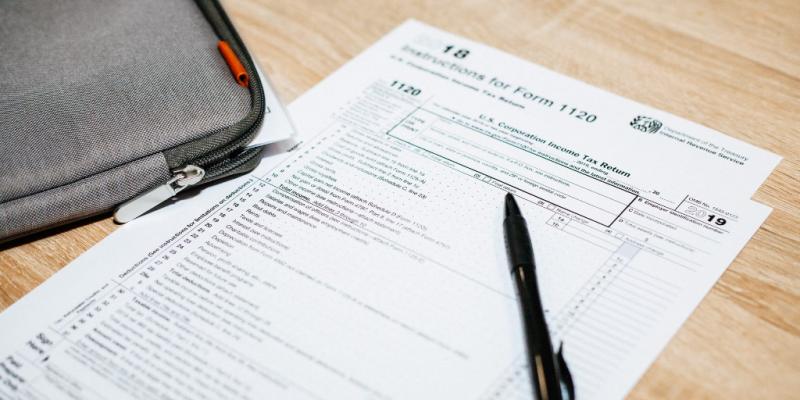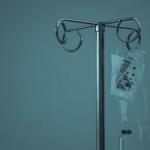Falls in Nursing Homes: Are Facilities Liable for Injuries?
Falls are one of the leading causes of injury among elderly individuals, particularly those living in nursing homes. As people age, they often experience balance issues, weakened muscles, and other health conditions that increase the risk of falling. Because nursing home residents are especially vulnerable, facilities have a legal and moral obligation to ensure their safety.
Unfortunately, not all nursing homes provide the level of care needed to prevent falls. When negligence plays a role, injured residents and their families often wonder: Is the nursing home liable for the injuries? This blog explores when facilities can be held responsible, how to prove liability, and what steps to take if your loved one is injured in a fall.
Why Falls Are a Major Concern in Nursing Homes
According to the Centers for Disease Control and Prevention (CDC), about 50-75% of nursing home residents experience falls each year—twice the rate of older adults living in the community. These falls can result in:
- Broken bones (hips, wrists, arms, and legs)
- Traumatic brain injuries (TBIs)
- Severe bruises and lacerations
- Increased risk of future falls
- Emotional trauma and loss of confidence
For many elderly individuals, a fall can lead to long-term disability, reduced quality of life, and, in severe cases, death.
Common Causes of Nursing Home Falls
Falls in nursing homes can happen for many reasons, but certain factors increase the risk, including:
1. Environmental Hazards
- Wet floors or spills left unattended
- Poor lighting in hallways and rooms
- Loose carpets or uneven flooring
- Cluttered walkways and improperly placed furniture
- Lack of handrails or grab bars
2. Inadequate Supervision
- Understaffing leading to insufficient resident monitoring
- Failure to assist residents with mobility issues
- Ignoring residents' requests for help to use the bathroom
3. Medication Side Effects
Certain medications can cause dizziness, drowsiness, or confusion, increasing fall risk. Nursing homes must monitor medications and their potential side effects.
4. Improper Use of Equipment
- Broken wheelchairs, walkers, or bed rails
- Failure to use bed alarms or fall-prevention devices
5. Medical Conditions and Mobility Issues
Residents with conditions like dementia, Parkinson’s disease, or stroke history require individualized fall prevention plans.
When Are Nursing Homes Liable for Falls?
Nursing homes are legally obligated to provide a safe environment and reasonable care to prevent foreseeable injuries. Under federal and state regulations, facilities must:
- Assess each resident’s fall risk upon admission and regularly thereafter.
- Develop and implement individualized care plans to mitigate risks.
- Provide necessary assistance with mobility and daily activities.
- Maintain a hazard-free environment.
If a facility breaches its duty of care and that breach leads to a resident’s fall and injury, it can be held legally liable. Negligence may occur when:
- Staff fails to assist with transfers or bathroom needs.
- Hazardous conditions are ignored or not promptly addressed.
- Care plans are not followed or updated.
- Medication side effects aren’t properly monitored.
- Inadequate training or staffing leads to poor supervision.
How to Prove Nursing Home Liability After a Fall
To hold a nursing home accountable for a fall injury, you must typically prove the following elements of negligence:
1. Duty of Care
The nursing home had a legal responsibility to provide safe living conditions and adequate care to the resident.
2. Breach of Duty
The facility failed to meet the accepted standard of care (e.g., ignoring known hazards or not following a resident’s care plan).
3. Causation
The breach directly caused the resident’s fall and resulting injuries.
4. Damages
The resident suffered actual harm, such as medical expenses, pain and suffering, or emotional distress.
Steps to Take if Your Loved One Falls in a Nursing Home
If your family member has been injured in a nursing home fall, act quickly to protect their health and legal rights:
1. Seek Immediate Medical Attention
Ensure the resident receives prompt medical care to address injuries and document their condition.
2. Document the Incident
- Take photos of injuries, the accident location, and any hazards.
- Request incident reports from the facility.
- Note the names of staff members involved or on duty at the time of the fall.
- Record dates, times, and details of the fall and subsequent care.
3. Gather Witness Statements
Speak with other residents, visitors, or staff members who may have seen the fall or unsafe conditions.
4. Request Medical and Care Records
Obtain your loved one’s medical records and care plans to determine if the facility followed proper protocols.
5. Report the Fall to Authorities
- Long-Term Care Ombudsman: Investigates nursing home complaints.
- State Health Department: Can inspect facilities for safety violations.
- Adult Protective Services (APS): Handles cases of elder abuse and neglect.
6. Consult a Nursing Home Neglect Attorney
An experienced Santa Fe nursing home abuse lawyer can help investigate the incident, gather evidence, and pursue a claim against the facility if negligence is found.
What Compensation Can Be Recovered?
Victims of nursing home falls caused by negligence may be entitled to compensation for:
- Medical expenses: Hospital bills, rehabilitation, and future care needs.
- Pain and suffering: Physical pain, emotional distress, and diminished quality of life.
- Wrongful death damages: Funeral costs and loss of companionship if the fall results in death.
- Punitive damages: In cases of gross negligence or willful misconduct.
Preventing Nursing Home Falls: What Should Facilities Do?
To minimize fall risks, nursing homes should implement safety measures, including:
- Conducting regular fall risk assessments for all residents.
- Installing grab bars, handrails, and non-slip flooring.
- Providing mobility aids and ensuring they’re in good condition.
- Training staff on proper transfer and lifting techniques.
- Ensuring adequate staffing levels to assist residents promptly.
- Monitoring medication side effects and adjusting care plans accordingly.
When Is a Fall Not the Nursing Home’s Fault?
Not every fall is due to negligence. Nursing homes are not automatically liable if:
- The fall was truly unforeseeable and unavoidable.
- The resident refused assistance despite being warned.
- All safety protocols and care plans were followed diligently.
However, even in these situations, a thorough investigation is essential to confirm whether appropriate precautions were taken.
Statute of Limitations for Filing a Claim
Each state has a time limit for filing nursing home injury claims. Waiting too long can forfeit your right to seek compensation. Consult an attorney promptly to ensure you don’t miss critical deadlines.
Falls in nursing homes are often preventable with proper care, supervision, and safety measures. When facilities fail to meet their legal obligations and a resident is injured as a result, they can—and should—be held accountable.
If your loved one has been hurt in a nursing home fall, don’t hesitate to take action. Prompt medical attention, thorough documentation, and legal guidance are key to protecting their rights and pursuing justice.
Concerned about a nursing home fall? Contact an experienced attorney today to discuss your options and hold negligent facilities accountable.
More to Read:
Previous Posts:







